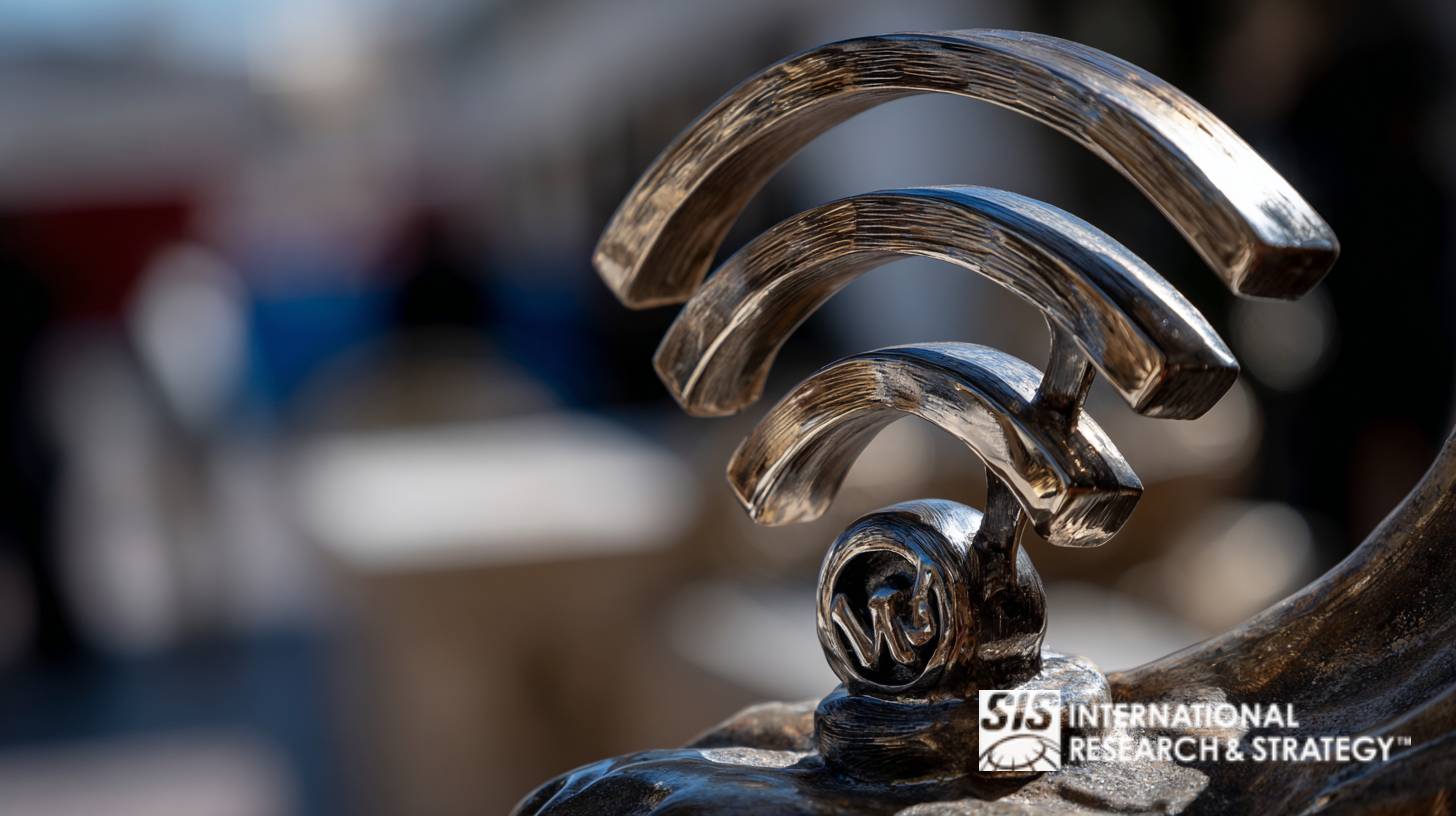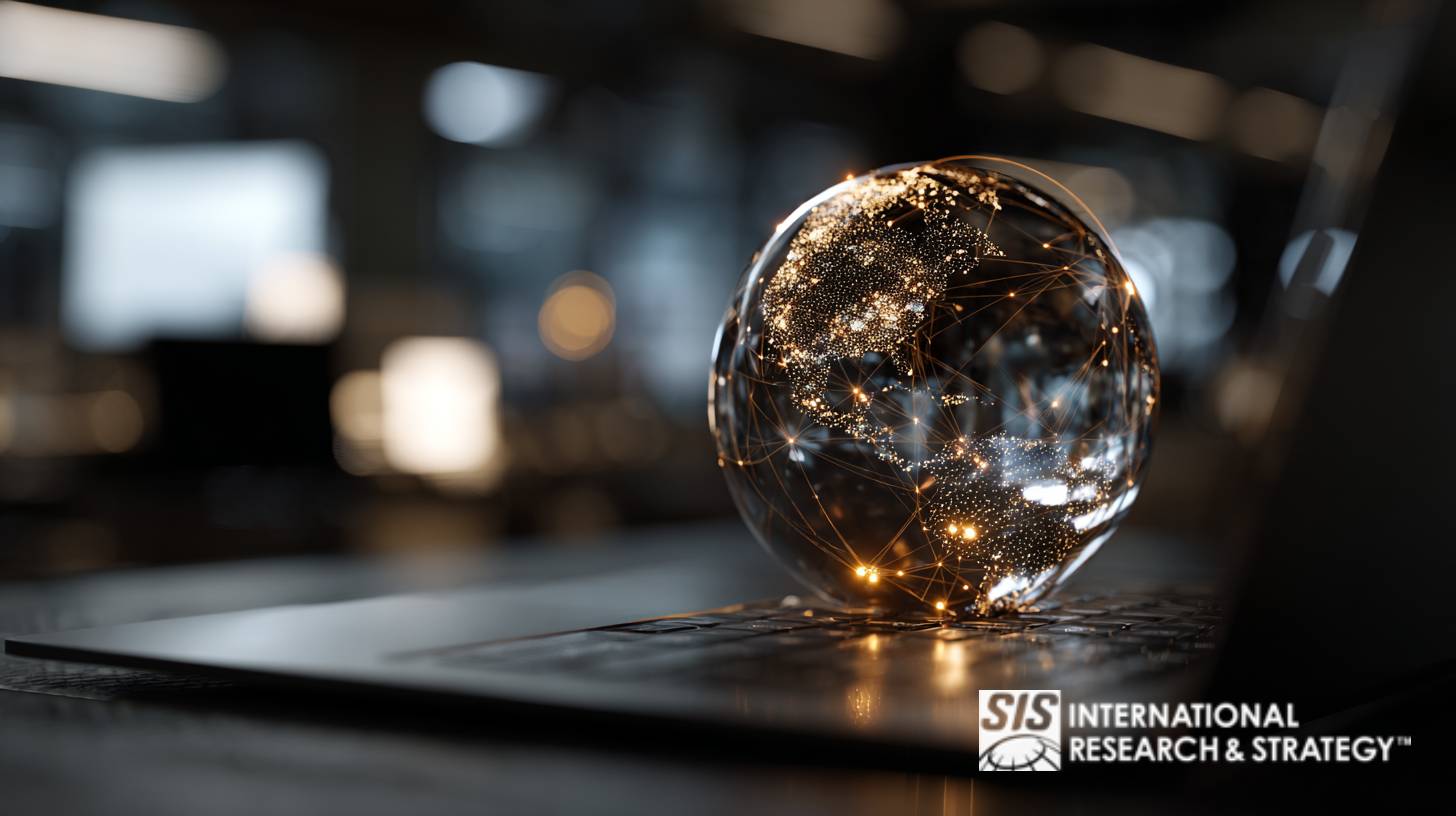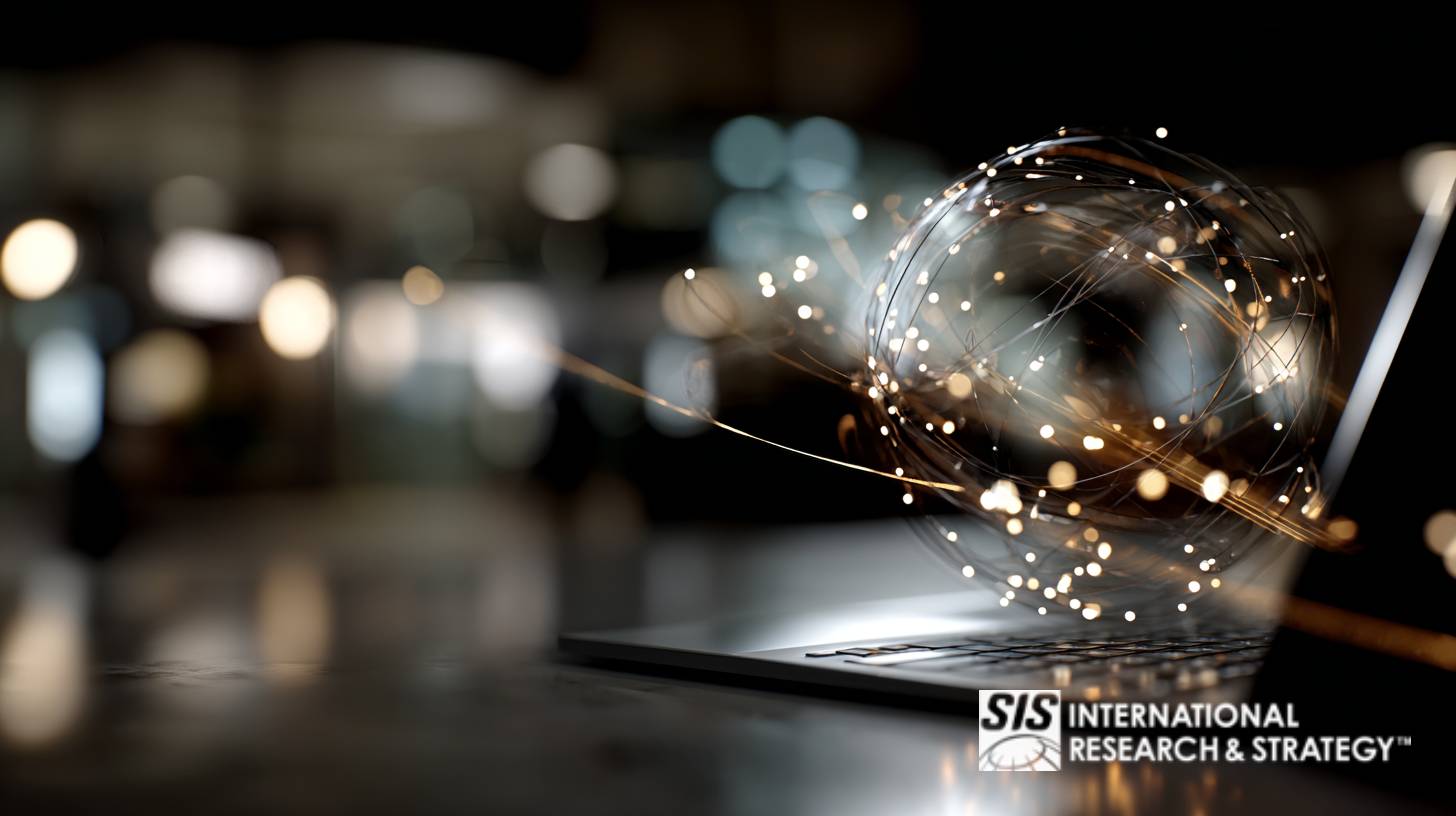Blockchain et Internet des objets

Blockchain provides a decentralized and tamper-proof solution, ensuring trust and security in an increasingly connected world.
The convergence of Blockchain and the Internet of Things (IoT) is revolutionizing industries by enhancing security, transparency, and automation. As IoT devices become more embedded in daily operations, concerns over data security, device interoperability, and network efficiency continue to grow.
Qu’est-ce que la blockchain ?
Blockchain is a series of fixed pieces of information. That information is time-stamped and managed by a cluster of systems not owned by one entity. It secures all the information and connects it by using cryptographic principles. Blockchain has no central authority since its ledger is immutable and shared. The data in it is open for any and everyone to view.
Therefore, anything built on blockchain is transparent to all by nature. All users are accountable for what they do. It has no transaction cost – it is an easy and effective way of passing information from one point to the other.
What is the IoT?

What are we referring to when we speak about the Internet of Things? The IoT includes everything from coffeemakers to cellphones. It also includes headphones, washing machines, lamps, wearable devices, and most other appliances. The IoT also refers to machine components. Examples include the drill of an oil rig and the jet engine of an airplane.
Other examples of “things” are vehicles, handheld electronics, devices, and home appliances. We’re also talking about sensors, mobile phones, and thermostats. The Internet of Things, or IoT, links any device with an on/off switch to the Internet.
Why Blockchain and IoT Matter Together
IoT devices generate massive amounts of real-time data across industries, but traditional cloud-based systems pose security risks and inefficiencies. Blockchain technology introduces decentralization, transparency, and immutability, allowing devices to interact securely without intermediaries.
✅ Enhanced Security against cyberattacks and data breaches
✅ Improved Device-to-Device Communication with secure transactions
✅ Real-Time Tracking for supply chains, healthcare, and smart cities
✅ Automated Smart Contracts for seamless operations
Uses and Applications of IoT
Ces dernières années, l’industrie a progressé. Il existe des prédictions et des estimations selon lesquelles ce phénomène va encore s’accentuer à l’avenir. Nous avons vu comment utiliser la blockchain pour accroître la connexion entre les appareils IoT. Il existe diverses autres utilisations que nous pourrons explorer dans les années à venir.
- La première utilisation concerne le domaine de la sécurité des données. Récemment, nous avons été confrontés à de nombreux problèmes de sécurité dans les entreprises, notamment dans les startups. Les cybercriminels recherchent généralement les points faibles de l’infrastructure d’une entreprise.
- We can also use IoT to analyze information. Several companies revolve around data and information. They work to leverage it for their general use. Due to this, larger ecosystems that exchange and use data make use of IoT.
- Nous pouvons l’appliquer dans le domaine de la confidentialité et du stockage des données. Les entreprises seront responsables de la quantité de données qu’elles vendent ou utilisent. Pouvoir accéder aux données et les protéger peut être un défi. La technologie Blockchain le rend beaucoup plus gérable.
- Nous pouvons utiliser l'IoT dans les chaînes d'approvisionnement. La chaîne d’approvisionnement mondiale implique de nombreuses parties réparties dans différents endroits. Les exemples sont les distributeurs d’entreprises alimentaires et pharmaceutiques. Toutes les chaînes d’approvisionnement peuvent utiliser une combinaison d’IoT et de blockchain.
Key Applications of Blockchain and IoT
1. Supply Chain Management & Logistics
IoT sensors track goods in real-time, while blockchain ensures tamper-proof records of product movement.
🔹 Avantages:
Real-time product tracking from manufacturing to delivery
Fraud prevention through immutable transaction records
2. Smart Cities and Infrastructure
Blockchain and IoT power smart cities with efficient, secure, and autonomous systems.
🔹 Avantages:
Traffic management using IoT-connected smart lights
Secure identity verification for public services
Optimized energy usage through blockchain-based smart grids
3. Healthcare & Medical Data Security
Blockchain enhances IoT-driven healthcare solutions by ensuring data integrity and patient privacy.
🔹 Applications:
Secure storage of patient health records
Remote monitoring of chronic disease patients
Smart medical devices with blockchain-based authentication
4. Automotive and Connected Vehicles
Blockchain enables secure communication between IoT-connected vehicles and smart road infrastructure.
🔹 How it works:
Autonomous vehicles share real-time data securely
Decentralized ledgers prevent vehicle software hacks
5. Industrial IoT & Manufacturing
Blockchain secures IoT-based manufacturing processes, ensuring trust and efficiency.
🔹 Key Innovations:
Real-time tracking of factory operations
Preventing counterfeit parts through blockchain verification
AI-powered predictive maintenance
Challenges in Blockchain and IoT Integration

While the benefits are vast, businesses must address key challenges:
1. Scalability Issues
Blockchain networks must process vast amounts of IoT-generated data without slowing down operations.
2. High Implementation Costs
Setting up blockchain infrastructure requires significant investment in hardware, software, and expertise.
3. Security Vulnerabilities in IoT Devices
IoT endpoints remain vulnerable to cyberattacks, making strong security protocols essential.
4. Regulatory and Compliance Hurdles
Industries must navigate data privacy laws and government regulations when implementing blockchain.
The Future of Blockchain and IoT
Emerging innovations will further enhance the blockchain-IoT ecosystem, including:
✅ AI-driven analytics for predictive insights
✅ Zero-trust security models for enhanced IoT data protection
✅ Decentralized identity solutions for connected devices
✅ 5G and Edge Computing accelerating real-time blockchain transactions
Final Thoughts from Ruth Stanat, CEO of SIS International Research
À Recherche internationale SIS, we provide market intelligence, blockchain adoption strategies, and IoT research insights to help businesses implement secure and scalable blockchain solutions.
Notre emplacement à New York
11 E 22nd Street, étage 2, New York, NY 10010 Tél. : +1(212) 505-6805
À propos de SIS International
SIS International propose des recherches quantitatives, qualitatives et stratégiques. Nous fournissons des données, des outils, des stratégies, des rapports et des informations pour la prise de décision. Nous menons également des entretiens, des enquêtes, des groupes de discussion et d’autres méthodes et approches d’études de marché. Contactez nous pour votre prochain projet d'étude de marché.

